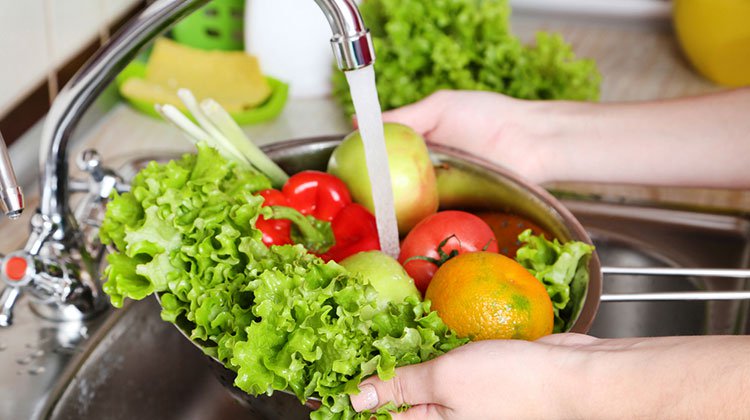E. coli Is Back With A Vengeance
More than a hundred people affected by E. coli illness from eating contaminated meat
As of April 26, 177 cases of E. coli illness have broken out across ten states, including Virginia. Of these cases, more than twenty have resulted in hospitalization, with the bulk of them occurring in Georgia, Kentucky, and Tennessee.
In response to the spread of disease, meat-producer Colorado Premium has recalled more than 113,000 pounds of ground beef. The production of the items being recalled spans from March 26 through April 12. Despite their actions, Colorado Premium stated that there was no concrete evidence that these items had been tainted, and that consumers shouldn’t feel so threatened that they take a break from beef products.
Nevertheless, the Center for Disease Control advises that consumers put a new foot forward in avoiding E. coli illness. With no cure besides plenty of bed rest and lots of fluids, E. coli can be particularly threatening to the elderly and children under the age of five. Without hospital care, E. coli can result in fatalities. But where is it coming from?
Most strains of E. coli are harmless, found in the intestines of healthy people and animals. However, some varieties, including E. coli O157:H7, can cause severe symptoms of vomiting, abdominal cramps, and diarrhea. These symptoms are a result of an infection occurring three or four days after exposure to E. coli bacteria, causing damage to red blood cells and the kidneys.
The most common sources of E. coli are undercooked meats (especially cow products), unpasteurized dairy and juices, and greens such as spinach and lettuce. However, it’s important that consumers are aware that the bacteria can be hosted by any food product as a result of cross-contamination. For that reason, the CDC released a multi-step disease prevention checklist for shopping, cooking, and eating.
When purchasing and storing food products, it’s important to keep them separate to avoid cross-contamination. Use supermarket provided plastic covers on all meats, fruits, and vegetables when adding them to the cart. At home, keep a fair amount of distance between raw meats, milk, eggs, seafood, fruits, and veggies. Many refrigerators have separate drawers for these products for this reason.
It’s important to be wary about purchases, too: some farms sell unpasteurized milks and ciders that are at higher risk of hosting harmful strains of E. coli. To be safe, consumers should check labels for the sources of foods, keep up to date with food recalls, and abide by CDC advisory. Restaurant frequenters should steer clear of problematic foods during outbreak periods; for instance, cheeseburgers might not be the safest selection this month.
For those who cook at home, the CDC prescribes frequent, thorough hand and food washing throughout preparation. Invest in a fruit and vegetable brush, clean cutting boards between food groups, and wash hands after each step. If cooking meats, the CDC recommends investing in a food thermometer to pinpoint the exact moment food is safe to eat, as color doesn’t say it all. Since the right internal temperatures of meats vary, those interested should refer to the CDC’s website for more information.
Finally, food should be chilled responsibility. If outside of a fridge or freezer for more than two hours, perishables should be disposed of lest consumers risk contamination. For this reason, thawing frozen foods should take place in the fridge, not on the kitchen counter.
Food safety measures like these are for more than avoiding E. coli infection. For the good of the public, consumers should make intelligent cooking, shopping, and eating choices so that society can live at its healthiest, regardless of whether or not safety concerns make the news.


